|
What is advocacy? Am I doing it?
Many educators find themselves asking these questions. Advocacy sometimes sounds big and scary and many educators think they can’t do it. But actually, advocacy is incorporated in daily actions sometimes big and other times small. The Stepping Stones that Led me hereOver the past few years, teachers often ask me how I went from a classroom teacher to an educational consultant and author. They are curious and many would like to follow the path. It’s no secret. I’m happy to share it with you. If you’re curious or perhaps have a similar desire, read on.
EL teachers work alongside many stakeholders. They work with students of course. But they also work with general education teachers, instructional coaches, special education teachers, administrators, and more. However, one lesser known, yet powerful partnership is the one between the EL teacher and the library media specialist.
What do EL teachers and library media specialists have in common? These stories from the field bring a reality to the question. Leading is more about what you choose to do rather than the title you have. Like most of you, I've witnessed many campus teachers who were amazing examples of trailblazers who were the epitome of excellence and who all the other teachers looked up to, went to advice for, and wanted to be like. These were the educators who inspired others and lit flames!
On the other hand I'v also seen professionals with elaborate titles who did the bare minimum and often created tension or were like a firework that was a dud...you hoped it would ignite into a beautiful burst of colors, but instead it fizzled into a messy, smelly smoke bomb. Such a disappointment. When I left the comfort of my own classroom to become an ESL teacher, I didn’t know that I would have to become intentional about building relationships with the mainstream classroom teachers I worked with. But I learned quickly.
Healthy, productive relationships between mainstream teachers and ESL teachers don’t happen on their own magically. Like most relationships, thought, planning, and careful execution takes place for a truly happy relationship to develop. Over the years, here’s what I learned as an ESL teacher about creating relationships with mainstream teachers. If we want to ensure that English learners don't continue to fall behind academically, integrating language with content is the key! This is where listening, speaking, reading, writing, (and viewing) come into play. So I ask you, how are you practicing what you preach and modeling these behaviors for staff, students, and families? I'll share mine and then I'd love to hear yours!
Listening... I started teaching in the winter of 1997. Hired in a wonderful suburban district outside of Houston, Texas. The campus experienced a little growth and needed a teacher mid year, so I was the lucky one hired in December just as I received my college diploma and teaching certification.
My college pre-service classes taught me little about what the classroom experience would truly be like. And with wide-eyes I walked into my first classroom and found myself teaching third graders who had a myriad of needs I was ill prepared for. Some students needed special education support, others dyslexia, and some were learning English. I quickly found that the big white binder of curriculum didn’t hold the answers I needed to give these kids the support THEY needed. What is the Hidden Curriculum in Your Classroom?
The written curriculum can actually be quite easy to identify. It’s stated in the lesson plans. It’s part of our instruction. But what's hiding in the curriculum? What about the messages we send that are not written out explicitly and not spoken directly. The hidden or unwritten curriculum instead is found when we read between the lines. These are the messages we send to students. And often they speak more loudly than the written curriculum. What is the hidden curriculum in your classroom? I was a mainstream, third grade teacher in a public school in a suburb outside of Houston, Texas when I began teaching in 1997. Our school had one designated teacher that served English learners through a pull-out program. I understood my job was to teach students the general education curriculum while she taught my English learners the language. I never knew exactly what they did when they were with the ESL teacher. And I’m not sure if she knew what they were doing when they were with me.
Fast forward to 2019. Looking back, I know that this was not a great structure for teaching content or language to our students. I can only imagine how much more and how much quicker our students would have learned language and content had we collaborated…had I recognized my own role as a language model for the students. ALL educators, administrators, and stakeholders need to know how to serve ALL students including English learners. Each year that we are in education, we grow wiser. We realize what worked and what didn’t. We learn just as our students do. We learn from reflecting on our experiences and from others. Recently I asked Larry Ferlazzo, Carol Salva, Rita Platt, and Andrea Honigsfeld if they would kindly reflect on their own careers as educators and share with us some advice or something they wish they did differently. Here’s what they said…
Are you hoping to get hired as an ESL teacher or specialist? Take a look at the questions compiled below from colleagues and experienced ESL teachers that have been in your shoes.
Hopefully, these will begin to give you ideas about how you might answer questions that the interview committee could ask you. I've heard ESL teachers say that on their campus they feel less valued as a team, as educators, and as a department.
They are frequently asked to do duties other than serving English learners. Duties like covering classes when teachers are in a pinch, running copies, covering lunch duty, and more when they should be serving students, English learners. If you told me a couple of years ago that I would have a professional learning network that spans around the globe filled with authors and educators K-adult ed, I might have laughed at you. Well, maybe not laughed, but I would have given you a crazy look for sure. A "no way" look.
In the spirit of November, the month of gratitude, I am filled with a thankful heart. A heart filled with joy and blessings knowing that I am surrounded (virtually) by a community of professionals that I can count on who support and inspire me. How did this happen? Twitter. Though I opened my Twitter account many years ago, I only began to capitalize on it's strength as a tool in my career in December 2016. It wasn't until then that I realized HOW to use Twitter to learn from others and build a network of colleagues that I can call my PLN (professional learning network). The WHY... Some might ask, "Why is this necessary? Why do I need a PLN through Twitter? I already have colleagues at my school and in my district." Well, I can tell you why. I, too, have a PLN at work. I still work in a K-12 district. I work with amazing professionals whom I love and adore. They are brilliant educators. And I learn everyday from them. However, learning from others in various districts, counties, states, countries, and continents, has given me a myriad of perspectives that I cannot have from within my own district. Learning from a wider scope opens up new opportunities and experiences. It's similar to your neighborhood. Look down your street. You might notice that the trees and flowers at each home are quite similar. Everyone is planting similar things because we get ideas from our neighbors. But if you go to a neighborhood across town, their landscapes are filled with different plants. Growing your PLN will help you grow new ideas and try new instructional methods with your students. Who to Follow: My heart is filled with gratitude because of the connections I've made with eduheroes like Larry Ferlazzo, Carol Salva, Tan Huynh, Emily Francis, Katie Toppel, Carlota Holder, Jess Bell, Leticia Trower, Andrea Honigsfeld, and many more! In addition to these Tweeps, I enjoy collaborating with Middle Web, Seidlitz Education, MindShift, Teacher2Teacher, Education Week Teacher, Talking Points, and so many others. If you are still hesitant about Twitter, here's what I can suggest to you:
Whether you are reading this during your summer break or during the midst of the school year, just the fact you are reading it means you are looking for self-directed professional learning. And I applaud you!
Just like students, teachers, too, can suffer from a "summer slide" or plateau in development unless we connect with other educators, attend professional learning, or read books that invigorate our craft. Summer offers the perfect time to reflect on our teaching practices, refine, and reclaim our roles as leaders of learning. But ongoing learning can happen throughout the year! Here are a few ways to stay fresh! advocating for English LearnersWhen I first began my role as an ESL teacher, I have to admit, I didn't know much about ELLs other than my own experiences. My experience growing up as an English learner helped me form my beliefs about language learning and helped me as I worked with ELs in my general education classroom.
But the year I left the general education classroom and moved into the role of an ESL teacher who supported all grades, co-taught, and pulled newcomer students out for intense English instruction, I realized that I needed to learn more and do more. I was seen as the ESL/ELL specialist on my campus. And that meant a lot to me. The students were counting on me to support their language development and to support their teachers. I had to step up my game and FAST! As teachers, we've probably heard of "book tastings" for students. But have you every held one of these for your colleagues?
This is a unique type of professional learning that can promote more learning and individual growth. Here's how I recently held one with my colleagues: Whether you are a campus lead teacher, ELL specialist, instructional coach, or administrator, you can benefit from conducting a learning walk on your campus.
Learning walks are arguably of the greatest forms of job embedded professional development. I'm a huge believer in the power of learning from colleagues. As a campus ESL Instructional Specialist for five years, I traveled to various classrooms on a daily basis and co-taught with teachers in k-5th grades. This was an amazing experience for me. It allowed me to see some powerful instructional practices and also some that needed support. CREATE A WELCOMING ENVIRONMENT FOR ALL CULTURES
Creating a welcoming environment for families is step one. When parents feel welcome to come to school, they can then support their child’s education at home too. The bridge between school and home is stronger. Research behind parental involvement in education shows that when parents volunteer and are part of the school community, their children have a higher success rate, make better grades, have a higher attendance rate and are happier in school overall. But in order for parents to be involved, it’s our job as leaders to WELCOME them. This means we have to form connections and invite them in to our campuses. Our doors need to be open. When we walk into a school, we are usually greeted first by the office staff. These critical members of the campus need to know that their presence, their body language, and their customer service is key to how parents perceive the school. They either say, “Come on in. You are welcome here.” Or they say, “Uh, excuse me. What do you think you are doing here?” For our ELL families and immigrant families, we have to keep in mind that they may be coming from a county that has different customs and traditions where school is concerned. In their home country, school may not be a place where parents are welcomed and wanted. So they may not know that we want them to come and be a part of their child’s education. It’s our job to show them that they are wanted and welcome in our building. |
Categories
All
|

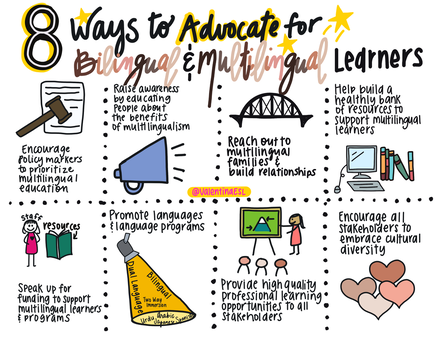

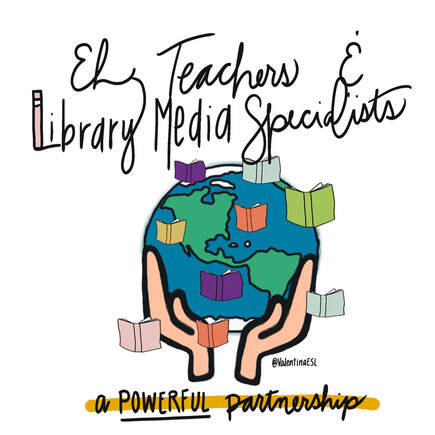

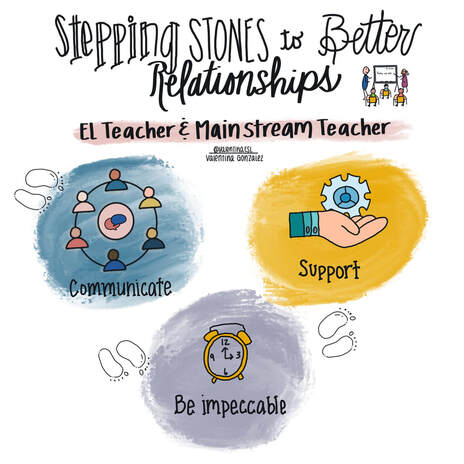
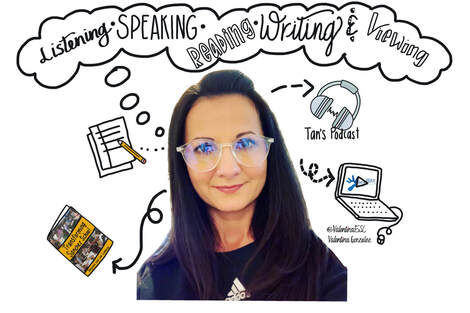
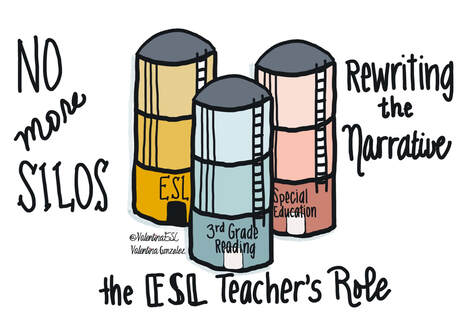

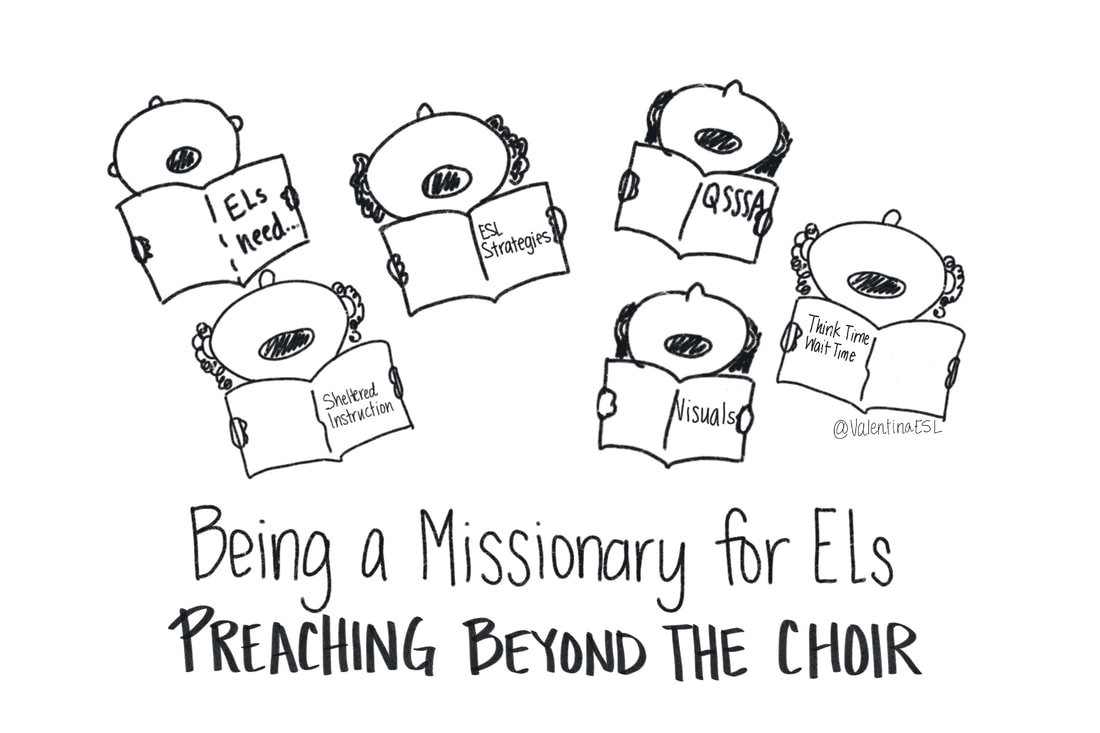


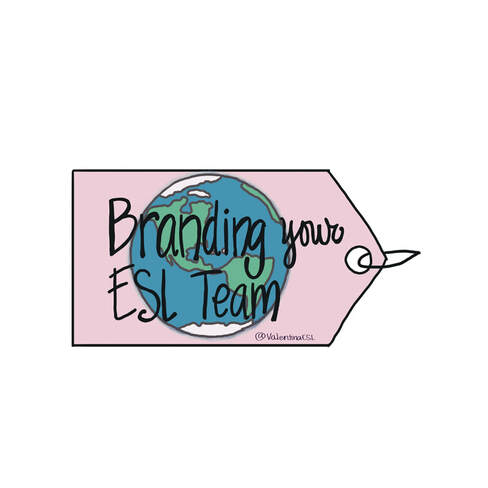





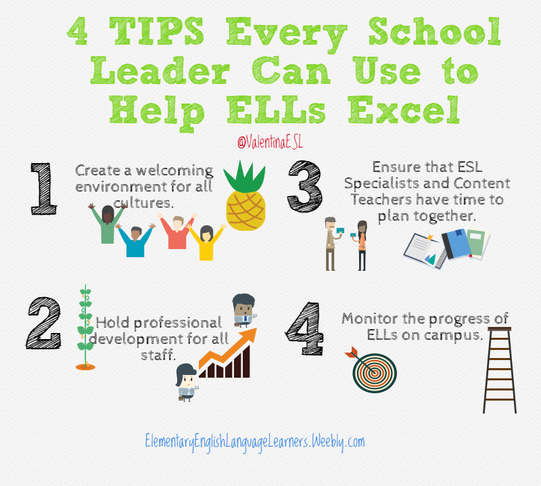
 RSS Feed
RSS Feed
